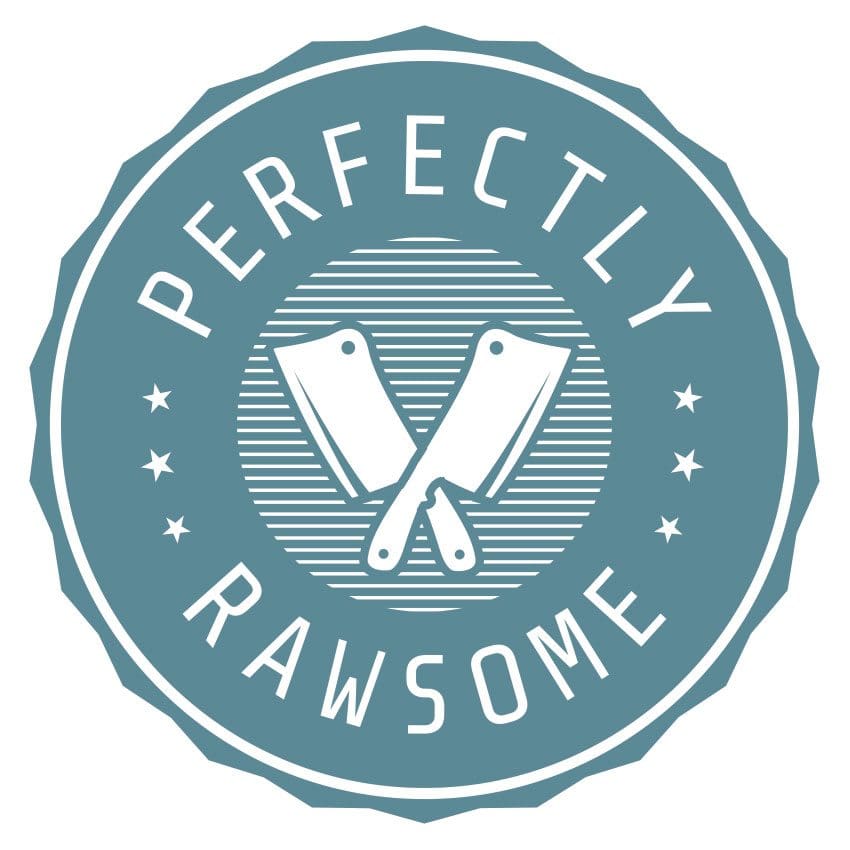New to raw diets and not sure what tools are needed to get the job done? There are a several tools which are necessary when feeding a raw diet. Some tools are necessary while others are optional but very useful.
A small investment into proper equipment is needed to provide a home prepared raw diet. Luckily, many items can already be found in the standard home kitchen. However, there may be a few additional supplies and equipment needed to make raw feeding more efficient.
Essential Tools for Raw Feeders
A kitchen scale, knives, and freezer space is necessary for creating a home prepared raw diet.
Optional Tools for Raw Feeders
Additional supplies such as dedicated freezers, knife sharpeners, food containers, etc. are optional.
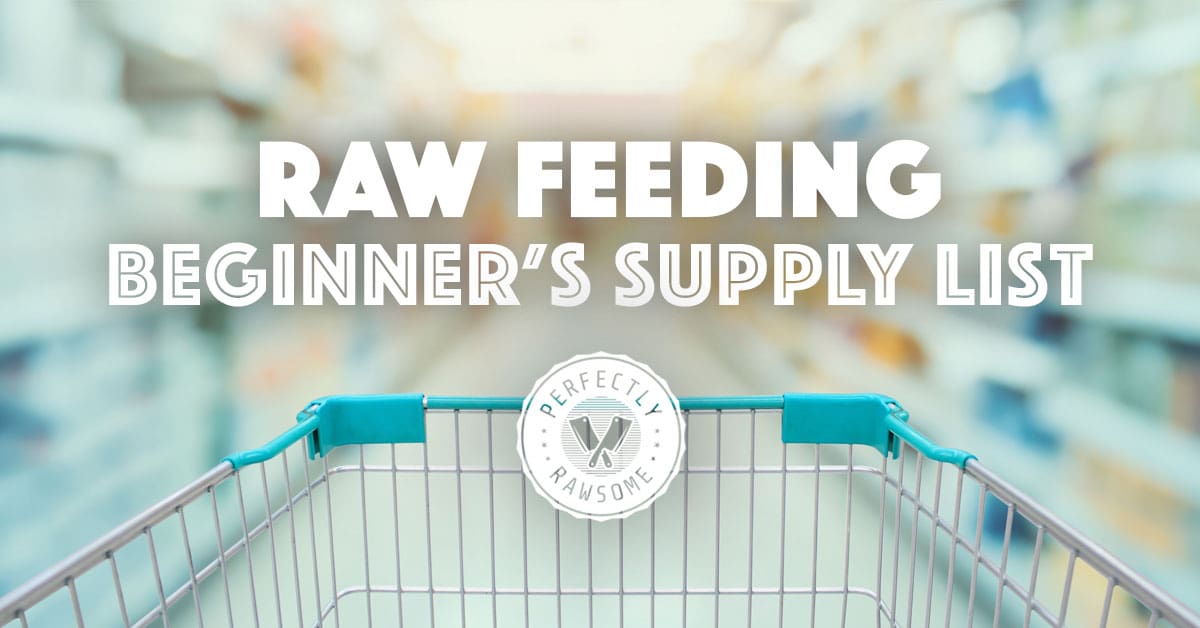
Essential Tools for Raw Feeders
Certain tools are necessary for all raw feeders to have. These tools are needed to weigh, prep, and store items for a raw diet. Below are the necessary tools for a raw feeding pet parent:
Kitchen Scale
Raw diets are typically calculated in measurements of weight rather than cups. It is essential to use a food scale when preparing a raw diet. Weighing all ingredients accurately helps to ensure that the correct amount of food is fed. Over feeding can result in diarrhea and unwanted weight gain, while under feeding can result in weight loss.
Digital food scales are very user-friendly, inexpensive, and worth the small investment. It is useful to select a scale with the ability to weigh in pounds, ounces and grams.
Sharp Knife
A sharp knife is useful when prepping large items. There are many types of knives which all perform different functions. Always remember to maintain each knife’s blade so that it remains sharp. Ceramic handheld sharpeners are a great option for sharpening knives.
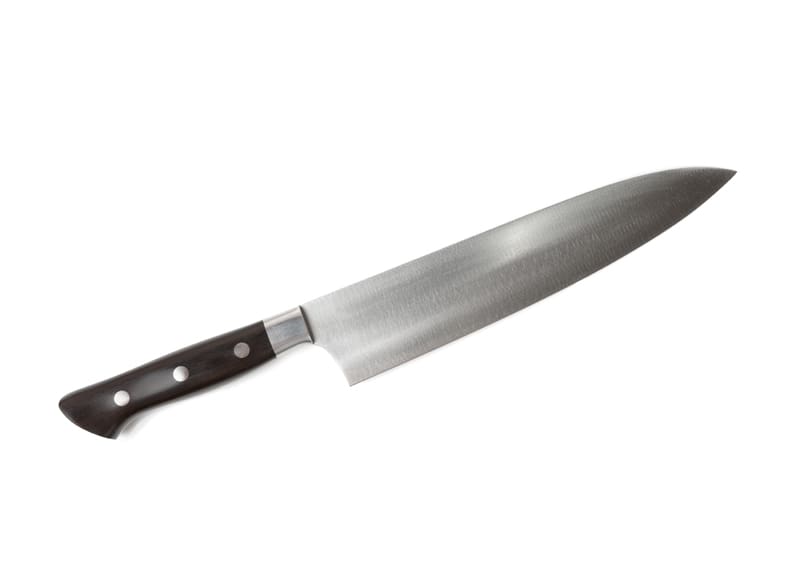
Chef Knife
Best for cutting meat & organs into chunks.
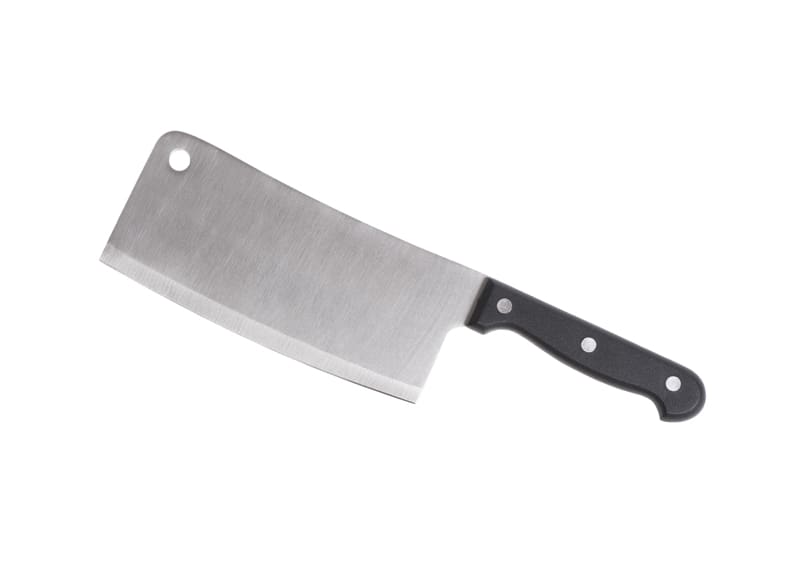
Cleaver
Beneficial for butchering poultry & fowl.
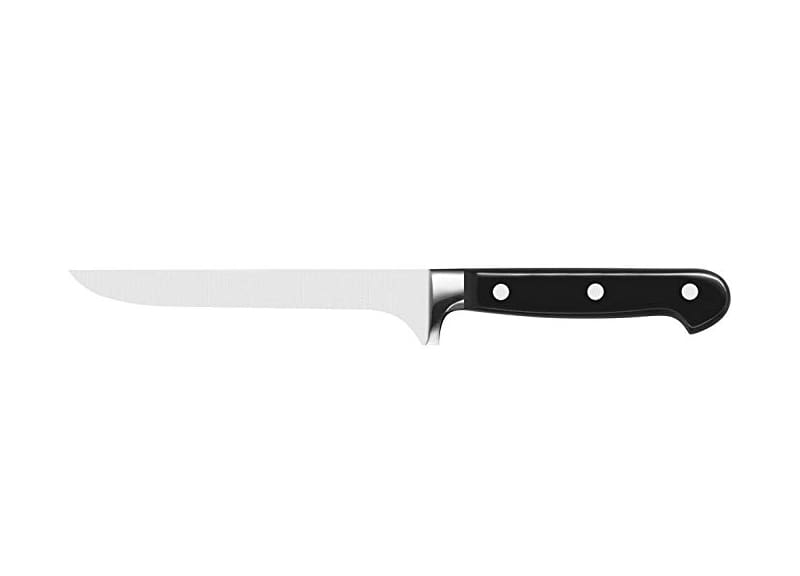
Boning Knife
Ideal for removing meat off of bones.
Kitchen Shears
Kitchen shears are useful for breaking down whole chickens, ducks, and rabbits. Good kitchen shears can cut through smaller, lightweight bones and portion out smaller items instead of using larger knives.
Freezer Space
Having a portion of freezer space dedicated to the pet’s food is ideal. At minimum, it is a good idea to have at least 1 to 2 weeks of raw food on hand in the freezer. This will save the pet parent daily trips to the grocery store!
Bare Essentials
Many of these items are already in the average home kitchen. The items discussed thus far are the bare essentials to home prepare a raw diet..
Optional Tools for Raw Feeders
There are several optional tools that provide convenience and ease to the raw feeding lifestyle. Here are some additional tools to help make meal prep easier.
Dedicated Freezers
Having one or more dedicated freezer(s) is a great way to build up a raw food stock. Freezers specifically for storing raw food allows the pet parent to monitor sales for bargain prices and stock up; contact local hunters for scraps; buy in bulk from grocery stores, restaurant suppliers, and raw co-ops; and score freezer clean outs off of sites like Craigslist – all of which helps maintain lower costs in the future.
Knife Sharpener
A knife is only as good as how sharp it is. Regularly maintaining the blade by using a knife sharpener once a week will help keep it nice and sharp. A sharp knife will help raw meal prep go by much faster as less force is required to cut through the ingredients.
Storage Containers
Many raw feeders prep multiple meals in advance for easy thaw and feed convenience. Freezer-grade storage containers are recommended to minimize waste from plastic bags and maintain freshness of the food while in storage.
Bussing Tub
Defrosting and moving large quantities of raw items can become messy. Plastic bussing containers will contain the mess in a sturdy tub that is easy to carry around.
An additional bonus: Bussing tubs will contain all the defrosted liquid from thawing meats. Do not throw this liquid away. Pour the defrosted liquids back into meals or make myoglobin ice-cubes for treats!
Cut Resistant Gloves
Additional safety measures can be taken to prevent cuts from sharp knives. Durable, cut-resistant gloves can be beneficial for raw feeders who have a tendency to cut themselves when using knives in the kitchen.
Apron
Maintaining a clean prep space is ideal when preparing raw meals. An apron helps to keep clothes clean from any splashing or spilling. Additionally, some aprons come with pockets to carry a knife sharpener or any other meal prep tools.
Beneficial Supplies
These items are beneficial to the raw feeding lifestyle; however these items are not essential to start the raw feeding transition. Purchasing these items can be accomplished over time.
CLOSING COMMENTS
It is recommended to have the bare minimum tools to begin raw feeding. These tools will make prepping and meal assembly easier!
All tools listed can be found online or at local home goods stores. Amazon is a great place to source scales, knives, storage containers, and supplements. Resale websites such as Craigslist or Facebook marketplace are great places to find second-hand freezers at an affordable cost!
